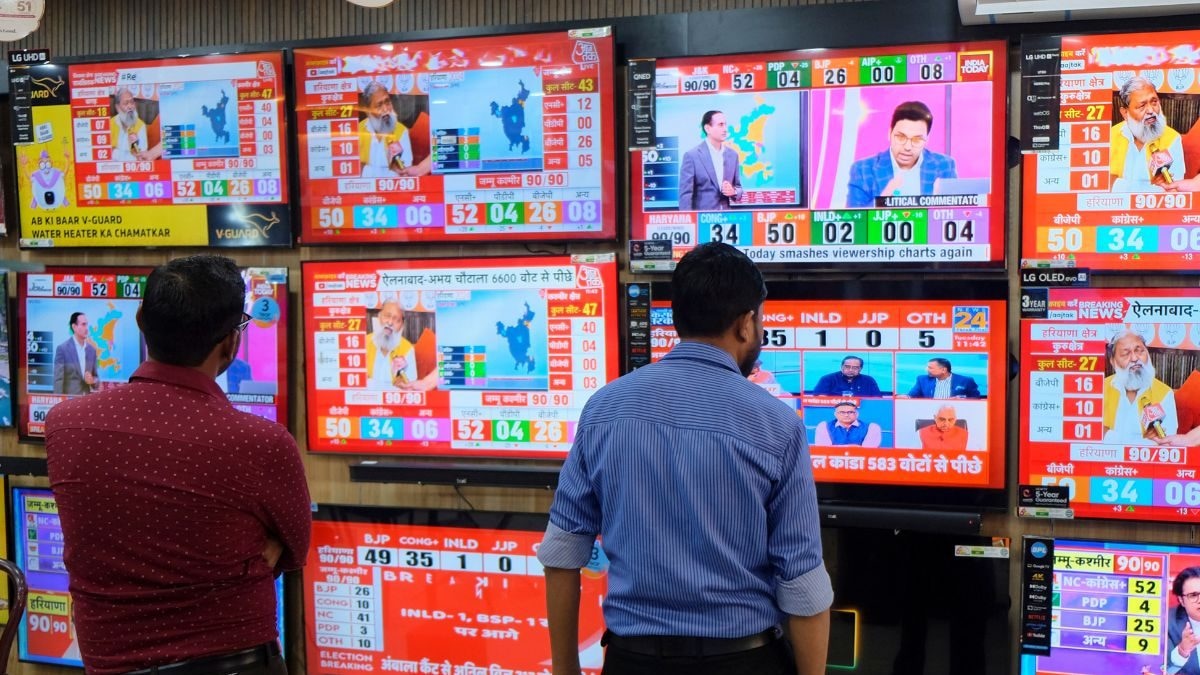 |
|
The recent Maharashtra Assembly elections, held on November 20, 2024, once again highlighted the contentious issue of exit poll accuracy. While the official results were pending, the anticipation surrounding exit polls and their subsequent inaccuracies in predicting the outcome of recent elections, particularly the 2024 Lok Sabha and Haryana Assembly elections, sparked considerable debate and criticism. This article will analyze the methodology of exit polls, their performance in the 2019 Maharashtra and Jharkhand elections, and the reasons behind their significant failures in 2024, ultimately leading to public apologies from several polling companies and intervention from the Election Commission of India (ECI).
Exit polls, as surveys conducted with voters exiting polling booths, aim to provide a snapshot of voter preferences and likely election results. Their methodology involves careful sampling of polling stations to represent the broader electorate, standardized questionnaires focusing on voting choices and demographic information, and rigorous data analysis to project overall voting trends. However, the accuracy of exit polls depends on several crucial factors. Firstly, the sampling method needs to be truly representative, encompassing the diversity of the population in terms of region, demographics, and political leanings. Secondly, margins of error inherent in any statistical survey must be acknowledged and reported transparently. Lastly, and critically, the honesty and willingness of voters to accurately report their choices significantly influences the final projections. Any deviations from rigorous adherence to these factors can lead to considerable inaccuracies.
The 2019 Maharashtra Assembly elections saw a diverse range of exit poll predictions. For instance, India Today-Axis predicted 166-194 seats for the NDA (BJP and Shiv Sena) and 72-90 seats for the UPA (Congress and NCP), while other pollsters, such as News18-IPSOS and Republic-Jan Ki Baat, offered significantly higher estimates for the NDA. These varying predictions, even within a single election cycle, underscore the inherent limitations and potential for error in exit poll projections. In Jharkhand, too, the divergence in predictions was evident, with some predicting a clear win for the UPA, others a hung assembly. These discrepancies highlight the challenge in achieving consistent and accurate predictions even with refined methodologies.
The 2024 Lok Sabha elections revealed a particularly significant failure of exit polls. Most predicted a landslide victory for the BJP-led NDA, with forecasts exceeding 350 seats. The actual result, however, was a considerably lower NDA tally of 293 seats, with the Congress-led INDIA bloc surprisingly achieving 234 seats. This substantial miscalculation led to considerable embarrassment for many polling organizations and raised serious questions about their methodology and predictive capability. The impact extended beyond the political realm, as the initially positive stock market reaction to the exit poll predictions reversed sharply upon the release of the actual results, highlighting the economic implications of such inaccuracies.
The Haryana Assembly election of 2024 further exemplified the unreliability of exit polls. Almost unanimously, the polls predicted a comfortable majority for the Congress party. The celebration that ensued at the Congress headquarters upon early trends mirroring these predictions was short-lived, as the BJP ultimately won a clear majority, debunking the exit poll consensus. This outcome severely damaged the credibility of exit polls and triggered strong reactions from both political parties and the public. The controversy prompted the Election Commission of India (ECI) to address the issue, expressing concern about the undue influence of exit polls and the resulting distortions in public expectations.
Chief Election Commissioner Rajiv Kumar criticized the media's role in amplifying the expectations generated by exit polls. He highlighted the lack of transparency in many exit polls, particularly the absence of information on sample size, survey locations, and data analysis techniques. He underscored the need for self-regulation within the media industry and called for greater transparency and accountability from polling organizations. The ECI's statement reflects a growing concern about the potential for exit polls to create unrealistic expectations and ultimately undermine public trust in the electoral process. While the ECI does not directly regulate exit polls, the CEC's call for self-reflection within the media and polling industry points towards a need for improved standards and practices.
The history of exit polls in India traces back to the work of organizations like the Centre for the Study of Developing Societies (CSDS) and the Indian Institute of Public Opinion. Early attempts, while pioneering, faced methodological challenges, leading to evolving techniques and improvements over time. However, despite technological advancements and refinements in methodology, the recent failures highlight the persistent challenges in accurately predicting election outcomes. This ongoing evolution underscores the complex interplay between statistical modeling, voter behavior, and external factors influencing the reliability of exit polls. A deeper examination of the factors leading to inaccurate predictions, including limitations in sampling, biases in data collection, and the dynamic nature of voter sentiment, is necessary to improve the accuracy and reliability of these crucial election-related surveys.
Source: Maharashtra Election: What Are Exit Polls, How Accurate Were The Predictions In 2019?
